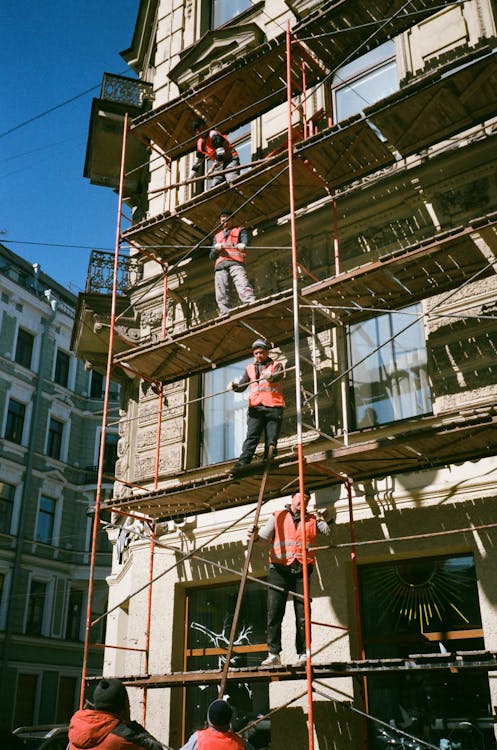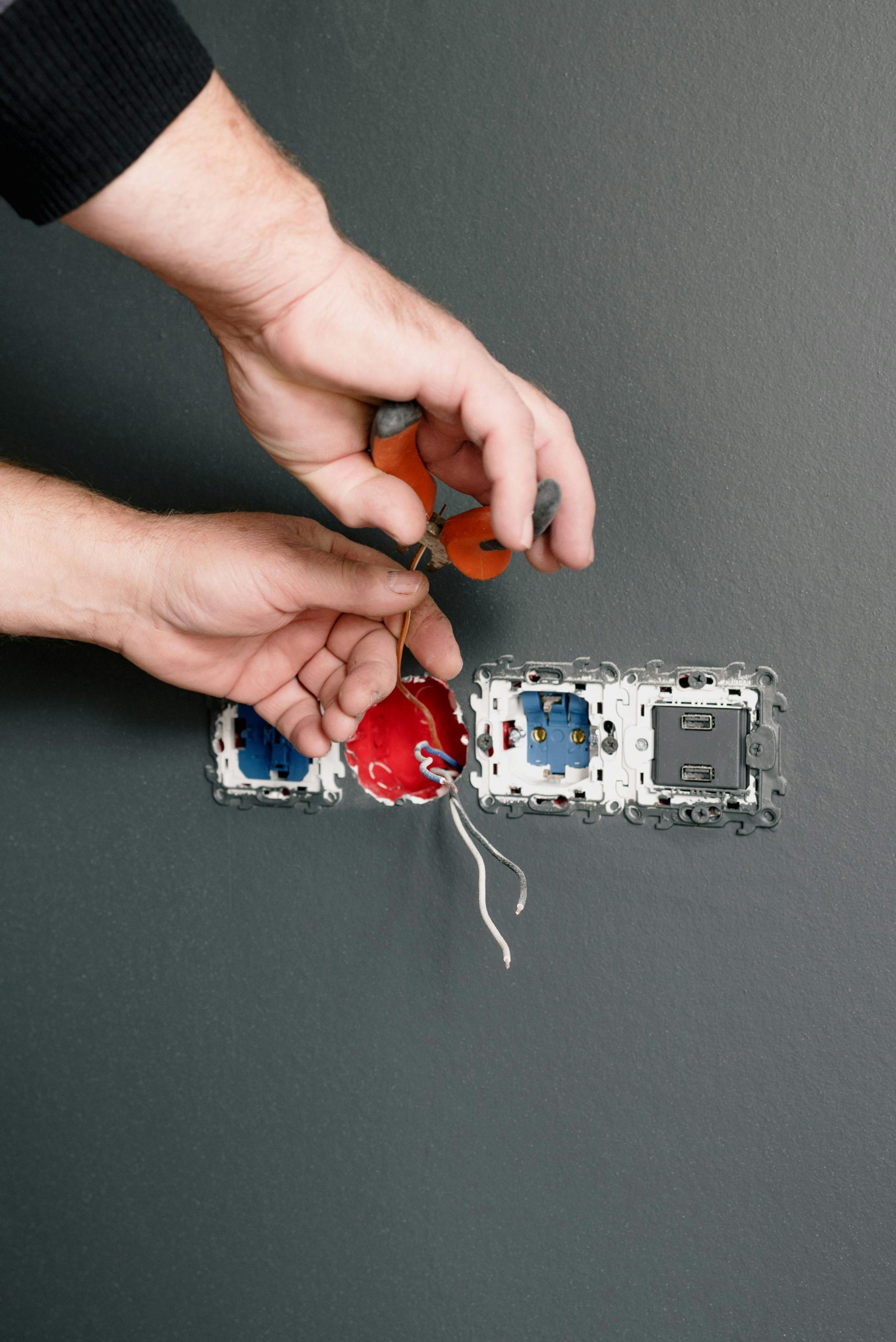Quiet Quitting & Talent Retention: How Employers Can Stay Ahead

In recent years, the term quiet quitting has gained attention across multiple industries, but what does it mean, and why should it concern employers in hands-on sectors like construction, rail, telecoms, and industrial work?
Quiet quitting doesn’t refer to employees handing in their notice. Instead, it describes a gradual disengagement where workers do the bare minimum required, without going the extra mile or showing the motivation they once did. On paper, they’re still present, including turning up on time and completing tasks – but in practice, their energy, initiative, and commitment have faded.
In high-pressure environments where teamwork, safety, and communication are vital, the effects of quiet quitting can ripple across entire teams. It may lead to lower productivity, growing frustration among engaged workers, and an eventual increase in staff turnover if left unaddressed.
It’s important to note that quiet quitting isn’t always a result of laziness or lack of work ethic. Often, it’s a symptom of bigger issues like unclear expectations, poor communication, or a lack of recognition. Employers who take the time to understand and address these root causes are more likely to build strong, motivated teams that stay loyal for the long term.

Why Quiet Quitting Happens
There’s rarely one single reason why a worker begins to disengage. But in our experience at PPR, the following issues come up repeatedly across sectors:
Lack of clear communication
When job roles, expectations, or changes in routine aren’t clearly explained, workers may begin to feel uncertain or undervalued. Over time, this can cause motivation to drop.
Minimal feedback or support
If employees only hear from management when something’s gone wrong, they can begin to feel invisible. Regular, balanced feedback – both positive and constructive – helps people stay connected to their work.
High pressure without support
Sectors like construction, telecoms, and rail are known for tight deadlines and long hours. Without the right support, stress and fatigue can quickly lead to disengagement.
Feeling like “just a number”
In larger teams or shift-based work, people can sometimes feel like their contribution doesn’t matter. This is a common reason for quiet quitting, particularly among skilled workers who want to feel their expertise is valued.

What Employers Can Do to Prevent Disengagement
Addressing quiet quitting doesn’t always require major policy changes or expensive incentives. Often, it’s the simple, consistent management habits that make the biggest difference.
- Communicate clearly and often
Keep workers in the loop. Whether it’s a change in schedules, an update on project timelines, or a simple check-in at the start and end of the day, regular communication helps build trust.
In high-risk sectors, good communication is critical to safety. Encouraging questions and clarifying instructions can prevent errors and accidents.
- Make time for regular feedback
It’s easy to focus on problems when they arise, but highlighting what’s going well can be just as important. Letting someone know they’ve done a good job, even in passing, reinforces positive habits.
Scheduled one-to-ones or even informal chats on site can give workers a space to raise concerns, ask questions, or share ideas. It shows that their input is valued and gives you insight into how they’re really doing.
- Recognise contribution and effort
You don’t need to hand out awards or bonuses to recognise hard work. A simple “thanks for stepping up today” can go a long way, especially in environments where the pace is fast and the work is demanding.
Team shout-outs, group messages, or an occasional breakfast treat on site are low-cost ways to show appreciation and boost morale.
- Train your managers to spot early signs
Often, it’s site supervisors, team leaders, or shift managers who are closest to the workforce. Supporting them with basic people-management training – how to spot disengagement, how to have supportive conversations, and how to follow up – can make a huge difference.
Quiet quitting isn’t always loud or obvious. Subtle changes like a worker being less talkative, slower with tasks, or withdrawing from group chats can all be early signs. Managers who are trained to notice and act early can prevent small problems from becoming bigger ones.
Why It Matters
Quiet quitting doesn’t just affect individual performance; it impacts the whole team. In sectors where people work closely together under pressure, disengagement can lead to:
- Slower project delivery
- Increased risk of mistakes or accidents
- Lower team morale
- Higher staff turnover
It’s much easier to retain skilled, engaged workers than to replace them. Taking small steps now to keep teams motivated can save time, money, and stress down the line.

A Better Way to Build Teams
At PPR, we work closely with clients to understand their teams, their culture, and what they need from new hires. We also take time to support you and your hires beyond day one, so they stay engaged and committed.
Whether you’re looking to strengthen your workforce or want advice on improving retention, we’re happy to help. You can:
- Call us on 01895 808188
- Email us at info@ppronline.co.uk
- Or use our online contact form
Frequently Asked Questions
Is quiet quitting just a trend?
While the term may be new, the behaviour isn’t. Disengagement has always existed, but it’s now better recognised. Left unchecked, it can lead to long-term performance and retention issues.
How can I tell if someone on my team is quietly quitting?
Look for changes in behaviour: reduced effort, lack of participation, or avoiding extra tasks. Often, it’s a gradual shift rather than a sudden drop-off.
What’s the first step to tackling quiet quitting in my team?
Start with a conversation. Check in with team members regularly and ask how they’re getting on. Many problems can be addressed early if people feel heard and supported.






